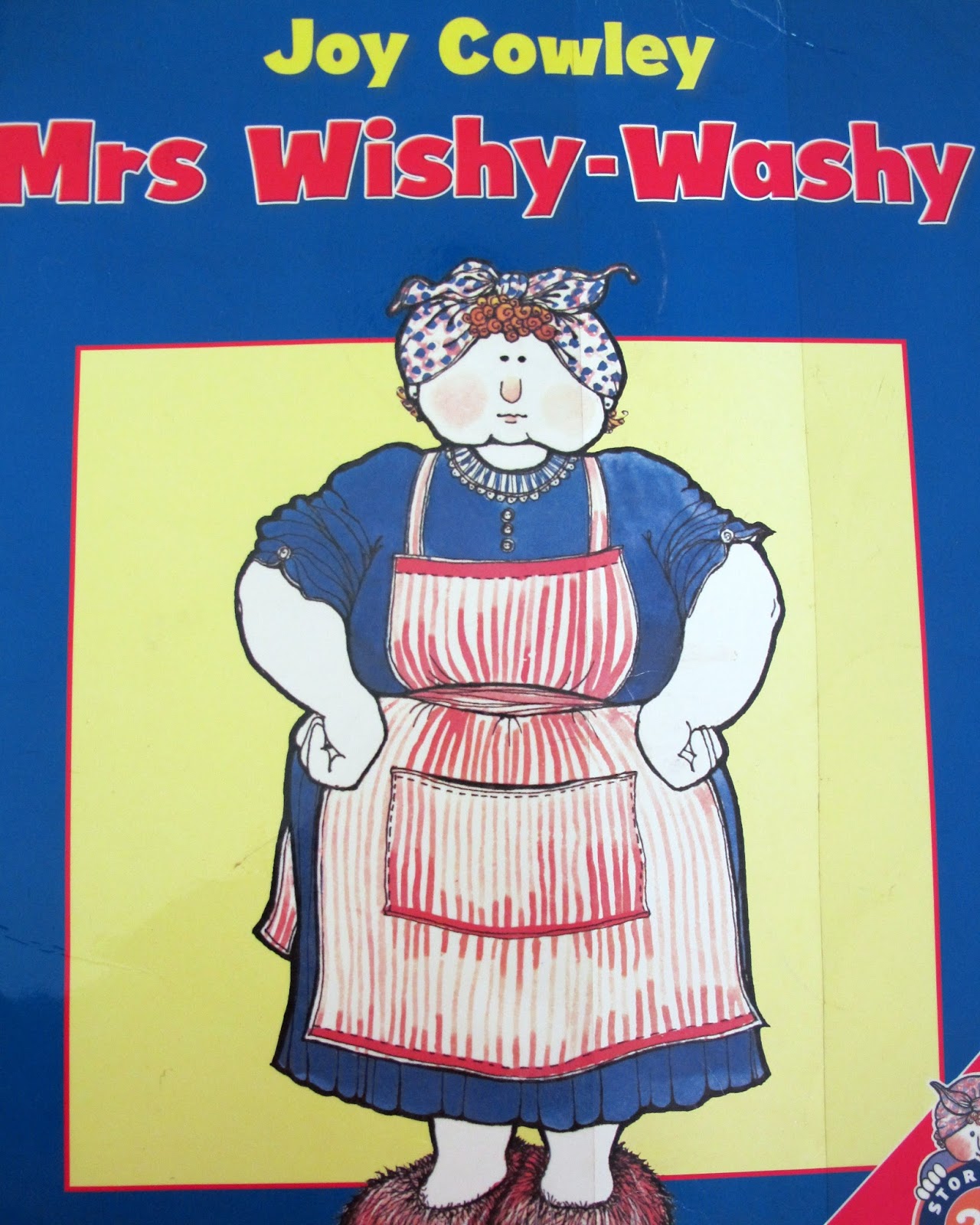Opening up the mystery box!
Investigating the underlying structure of words through the analogy of 'opening up a mystery box'.
This activity introduces an important linguistic feature, which demonstrates that words have many layers (substructure) that need to be uncovered to reveal the reason for the spelling. Only through careful investigation of these 'hidden' layers can we begin to fully understand why and how words are spelled the way they are.
These grade 2/3 students are investigating the underlying structure of words using the analogy of a mystery box. This activity was specifically planned to introduce the concept that words have a linguistic structure that is not at first 'visible'. These students did not have any previous knowledge of how the English spelling system really works.
Our investigative question:
Why is <hoping> spelled with one <p>
but <hopping> spelled with double <pp>?
The answer lies in the MEANING...this may, at first, seem like a simple question but only when you 'peel away' the layers of these two words, through careful investigation and critical thinking, can you fully understand the two different spellings.

Just like the scenario of the mystery box, English spelling is similar! You have to 'open up' the words to reveal the underlying meaning and structure of the words...that contains the base, the meaning of the word and ultimately the spelling of the word.

"Let's investigate this word <hoping> ... what is hidden inside?"
Just like the hidden treasure, with only a small part visible, the word <hoping> was written on a card and placed on the outside of the box.
Is this word related to <hope> or <hop> the children are wondering?
Why is there only one <p>?
If it is <hoping> what has happened to the final <e>?
These were just some of the questions the students were asking, discussing and wondering.
Each student made predictions, based on their previous knowledge and own understanding. This informal discussion provided valuable information and ongoing assessment for the teacher.
Just like opening up the box to reveal the treasure, the parts of the morphological word sum were revealed when the box was opened:- the base <hope/> indicating the suffixing change for the final, single, silent <e>
- the suffix <-ing>
- the 'rewritten as' arrow ---->
- and the + signs
Revealing the word treasure:
hope/ + ing --> h-o-p-(no e)-ing
(announce the parts as you simultaneously write them)
This activity demonstrates the importance of:
- identifying the underlying structure; the base and the affixes;
- understanding the meaning of the base;
- identifying any suffixing changes that are not visible in the final word.
The 'hidden treasure' or underlying structure is the KEY to the final spelling.
 |
| As a follow up activity, the students created a word family for the base <hope> and are discovering and adding more words using dictionaries. |
 |
| Building a large, suffix flowchart will help develop understanding of why the final, single, silent <e> is removed when a vowel suffix is removed. |
Please contact me through the comments section or through this link if you would like to continue a conversation about structured word inquiry in the early years.








Comments
Post a Comment